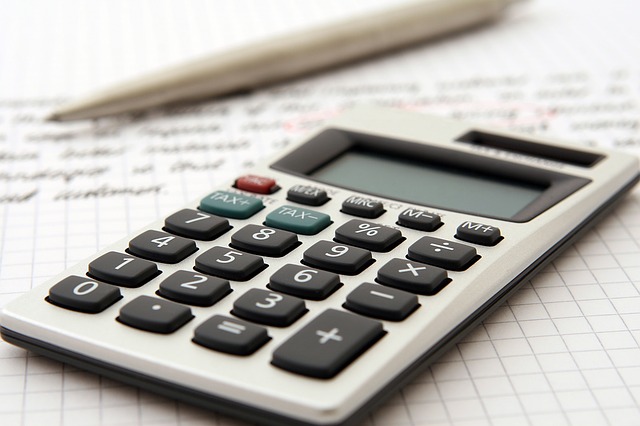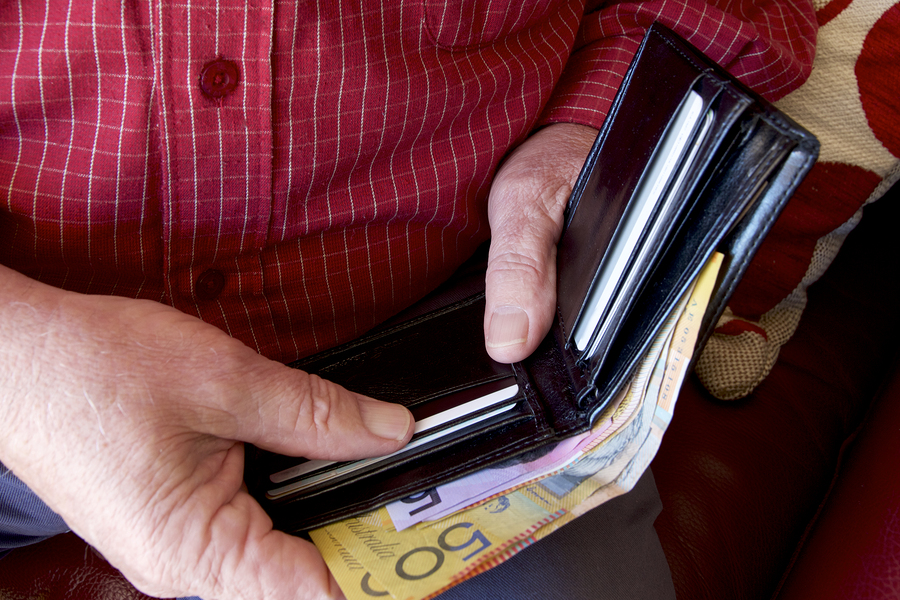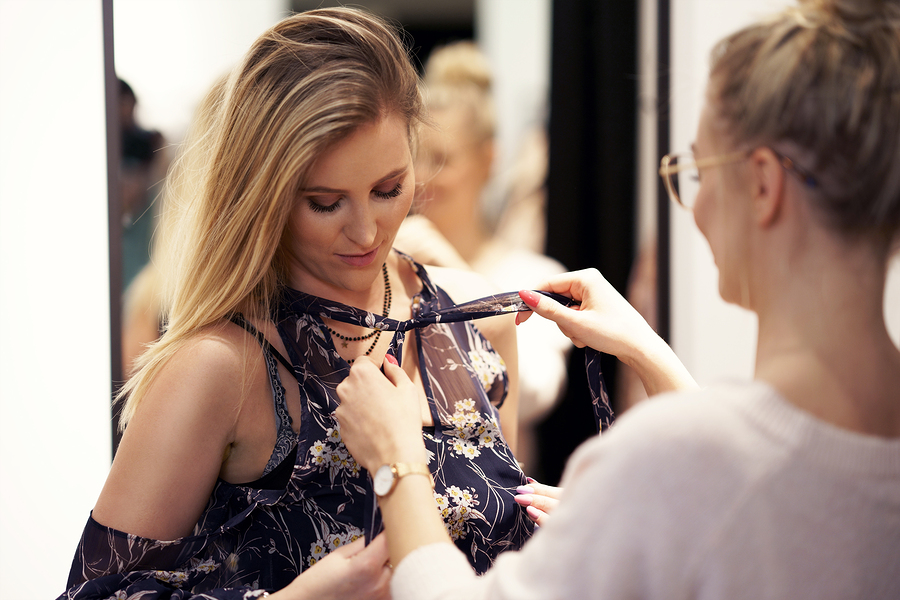Who doesn’t want to get the most bang for their buck? Often, it is way too easy to go out shopping with a list of necessities but come home with too many impulsive purchases because the sale was too amazing too pass up.
There’s nothing wrong with shops doing what they are meant to do – make money. They have all different types of sales – pre-holiday sales, post-holiday sales, back to school sales, spring sales, fall sales, early bird savings, preferred customer savings – to attract customers like you looking for the best deal. Take JB HIFI, for example, their JB Hifi catalogue is always promoting some sort of sale weekly!
Instead of getting into financial trouble by overspending, we are here to give you a few great shopping tips that can help you save money while purchasing the items you need.
8 shopping tips to help you save
Use these few tips to help you keep your pocketbook full the next time you go out shopping:
1. Make a shopping list

Before you even attempt to head out on an errand run, make a shopping list. Most people overspend when they go shopping because they end up purchasing items they don’t need or will never use. You work hard for your money so making sure you are spending it on things that will be used is very important.
So before you head out shopping, simply make a list. Prepare and follow this one rule: only buy what is on the list. This will help keep your impulse shopping to a minimum.
2. Set a budget

Budget. This “B” word is extremely important when it comes to shopping. It is easy to overspend when you don’t have any boundaries keeping you in line. You need to set a sort of ballpark figure when you are preparing to shop. If you don’t have a specific number you can plan on, figure out what you have to spend and what is comfortable for you to spend.
Set your budget and stick to it. Once you reach the budget while shopping, stop.
3. Pay with cash

You can’t spend money you don’t have. Only bring along the amount of money that fits into your budget and make sure that it is in cash form. You normally spend 20-50% more when you use a debit or credit card than you do when you pay with cash. Using a card feels like you aren’t using any actual money so it becomes very easy to overspend.
The best plan of action once you have made your shopping list and set your budget is to go get the cash out of your bank account. This way you only buy what you have enough money for. Impulse buying will be harder because you will want to save your cash for what you need.
4. Pick your shopping buddies wisely (or shop alone)

Not all shopping buddies are created equal. Think of some of them as being your “partners in crime.” The crime being purchasing something that you do not need. Sometimes these friends will egg us on to justify their purchases (even unconsciously).
Remember that you are the only one who has to live with the consequences of your purchase. If you don’t have any friends who will be honest with you about buying something you need or do not need, shop alone. It might take away from the social aspect of the activity, but it is better than wasting time and money on something that you might regret later.
5. Don’t shop when you’re bored

The silliest purchases happen when you should not have been shopping in the first place. If you are bored, lonely, hungry, or feeling overly emotional you should probably not be shopping. Sometimes emotional triggers will lead to immense overspending because you are unconsciously shopping to avoid the emotion. Instead of shopping, try another activity to help you work through the emotion that you are feeling.
7. Don’t buy because it’s on sale

The word “sale” is a big trap when shopping. Many people purchase items simply because they are on “sale” rather than because they need them. Cheap or not, there is no sense in purchasing something that you will never, ever use.
Sure, your item might only cost $5 and the next item might only be another $10, but the numbers will continue to add up and soon you will have spent an amount you were not expecting. Many stores, Repco for example, put a lot of time into identifying what sales will attract the most spending. So don’t get sucked in and only allow yourself to buy an item that is on sale when it coincides with your list. Check out Repco catalogues first.
8. Set a timeframe

Don’t allow yourself to aimlessly wander around the store or shopping centre you are at. When you participate in meandering shopping, you are bound to end up purchasing something because you just happen to be there at that time.
Set a specific timeframe that you will allow yourself to shop in. Once that time window is closed, it is time to head home. Don’t waste your time. It is as valuable a commodity as your money. Once you’ve bought all that you need based off your list, go home. There’s no need to waste your day when you can focus on another activity.
Ask where will I wear this?
When it comes to clothes shopping, keep the basics at the forefront. Buying clothes that you will never wear happens more often than we all care to admit. Ask yourself if you need the clothing item. Will you wear it only once or twice? Or will it become a regular rotation choice in your closet?
Conclusion
Now that you have these few simple shopping tips to help you save money, you are ready to venture out. Keep these few things in mind and you shouldn’t have any trouble keeping a tight handle on your pocketbook.

